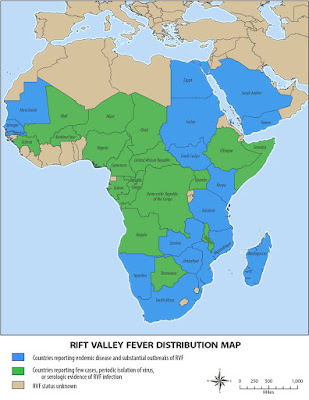In 2002, Andy was an author on a paper entitled "Potential viral pathogenic mechanism for new variant inflammatory bowel disease" published in Molecular Pathology (the PubMed Central deposit can be found here). The paper uses qPCR detection of the Measles virus using the Taqman chemistry (see image below).
 |
| This is how Taqman qPCR works. |
The results of the paper look normal to the lay person; however, if a researcher who is familiar with qPCR looks at the raw data from the paper, an enormous problem is evident. I rarely share youtube videos; however, this video from C0nc0rdance explains qPCR and why the issue is such a huge deal.
For those who don't want to watch the video, the problem is simple. qPCR is done using a thermocycler that uses a laser to detect a fluorescent target and is linked to a computer. The software on the computer automatically does calculations for determining what is positive and what is not. One of the calculations that is done is the threshold for determining what is considered a positive reaction and what is not. In the 2002 study, the threshold was manually lowered so that samples that should have been negative came up as positive. These samples were all after cycle 30 which means that it was a small quantity of material being detected. Additional analysis of the raw data by Dr. Bustin (an expert on qPCR) found that these were false positives due to contamination. So we have two major issues to contend with here. First the samples were contaminated (qPCR is sensitive to contamination so extra care has to be taken to prevent this). Second, the data was improperly analyzed and the Ct threshold improperly lowered so that these samples became positive. At best, this is poorly conducted science that should be retracted. At worst, if the threshold was knowingly altered to generate positives, this would be scientific misconduct. It's not likely that the contamination was intentional as it was in low quantities (why spike a sample with an amount that would look like contamination rather than spike with an amount that would clearly be positive?) and some of the researchers involved in this study published a subsequent study that found no measles virus when the experiment was replicated (three independent labs did the tests on each of the samples), so the adjusted analysis was probably done in ignorance rather than malice.
But this paper (and several others) did have a positive impact on the scientific community. It lead to the creation of the Minimum Information for Publication of Quantitative Real-Time PCR Experiments (MIQE). These standards dictate what the minimum amount of information needs to be included with a paper using qPCR data. This includes information on how the samples were extracted, how the test was validated, what controls were used with the test, and how the data were analyzed. Many of the top journals have adopted these guidelines and many researchers follow them even if it isn't required for publication (it's just good science).
But this paper (and several others) did have a positive impact on the scientific community. It lead to the creation of the Minimum Information for Publication of Quantitative Real-Time PCR Experiments (MIQE). These standards dictate what the minimum amount of information needs to be included with a paper using qPCR data. This includes information on how the samples were extracted, how the test was validated, what controls were used with the test, and how the data were analyzed. Many of the top journals have adopted these guidelines and many researchers follow them even if it isn't required for publication (it's just good science).
 |
| Information needed to fulfill the MIQE guidelines. |
So even though Andy Wakefield is at best an incompetent researcher (and a con artist at worst), he has done something good for science. As a result of his work (and the work of others), the standards for qPCR reporting have been increased so that the results are standardized across disciplines and publications. It does bring up an interesting question, how many of Wakefield's previous studies are faulty and what should be done about them. In this case, a correction should have been submitted, at the very least, when it became clear that the data analysis was not done properly and that the resulting conclusions are suspect.
However, one thing is clear. Andy Wakefield is not the virtuous crusader for the truth that has been unfairly attacked by the forces of evil. Despite the narrative that he tells, his work speaks for itself. It is full of errors and improprieties that make it all suspect. His actions are what led to him being shunned by the scientific community. Andy shouldn't be blaming anyone but Andy.



















